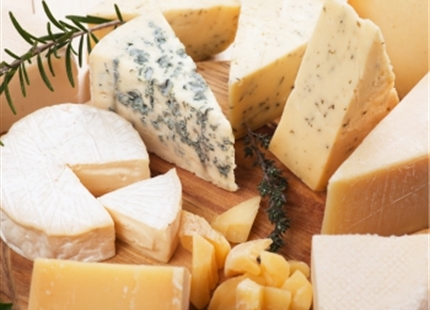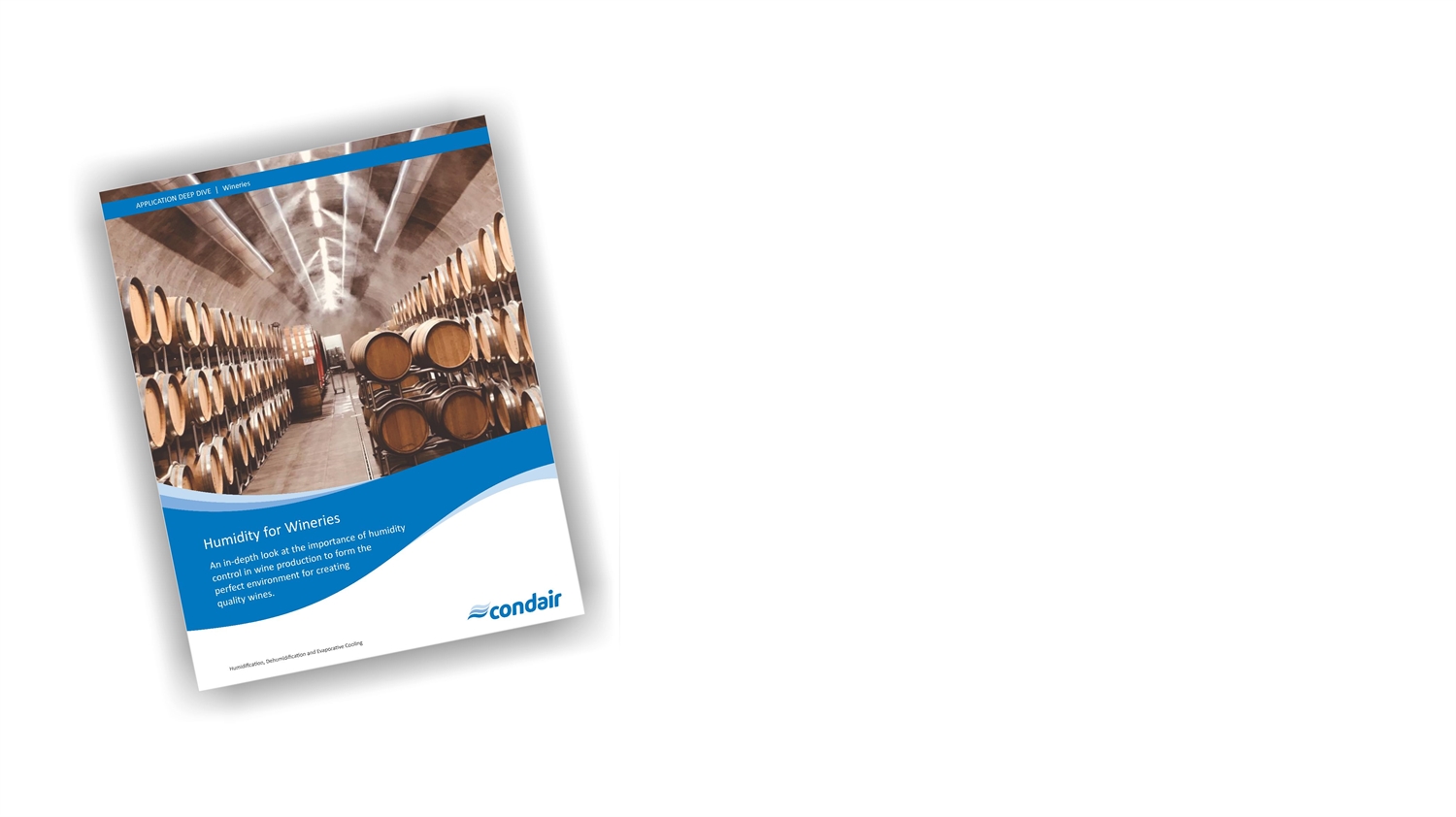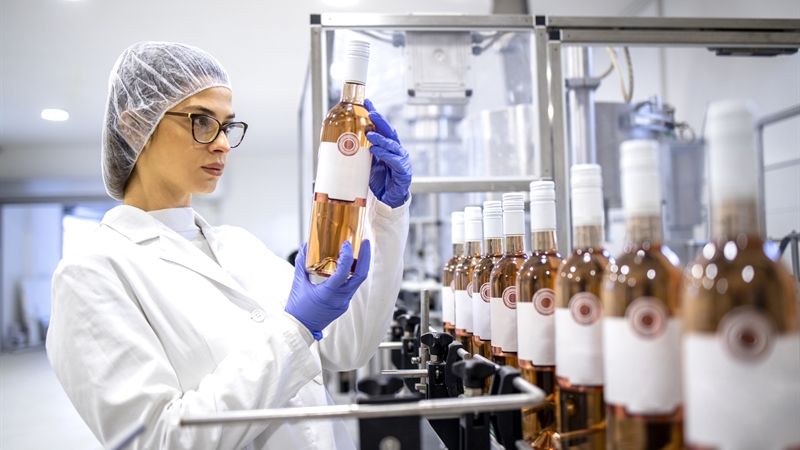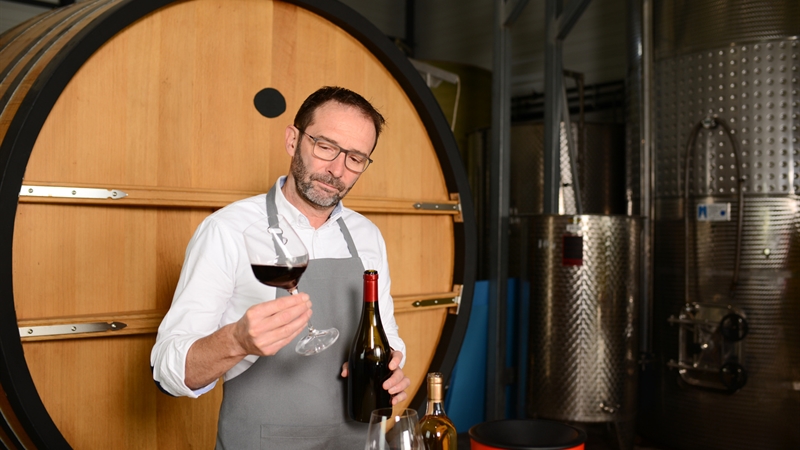This four-page guide explains how maintaining proper humidity levels in your facility will improve production output, elevate product quality and ultimately, boost ROI.

Contact us today to learn more about humidity for Wine Production and Storage.

Why Humidify... For Wine Production and Wine Storage
Humidity control for wineries
The control of temperature and relative humidity (RH) within a wine cellar is an indispensable element to regularly produce high-quality products.
Historically, winemakers have found that the ideal conditions to age wine is between 45°F and 65°F, with a relative humidity between 50 and 80 percent. The ideal conditions differ slightly based on certain winemakers, but 55°F and 70 percent relative humidity is considered ideal, nearly perfect by many.
As it turns out, the ideal conditions for wine aging were discovered centuries ago. Through years of trial and error, it was found that the best quality wine was aged in rooms below ground level, typically in the basement of a castle.
Winemakers didn’t know it at the time but the reason why it aged nearly perfectly, is because most wine cellars in Europe had an indoor climate close to 55°F at 70 percent relative humidity.
Humidity control for wine bottling and storage
It may be surprising how much the materials used to store and bottle the wine can have an impact on its market value. For example, the value of a wine bottle is largely determined by the quality of the label alone. While this may be surprising to most wine consumers, the idea is if the label is damaged, it can foreshadow the quality of the wine itself. Labels are traditionally paper-based; therefore, a relative humidity of 70 percent is on the high limit in terms of preserving its quality. Any higher and the relative humidity will damage the label. Any lower and the glue keeping the label intact can dry out.
Like labels, the corks also have a great impact on the value of the product. Too much humidity can allow mold to form on the corks. Too little humidity and the corks can dry out. When corks dry out, it allows air to infiltrate the bottle and contaminate the liquid product. Furthermore, dry corks can lead to additional losses by evaporation from the bottle. In fact, wine bottles are stored sideways, so the wine keeps the cork wet to help close

-
The ideal climate for the winemaking process is a cool and humid space that incorporates a temperature of 55°F with a relative humidity of 70 percent.
-
Corks also have a great impact on the value of the product. Too much humidity can allow mold to form on the corks. Too little humidity and the corks can dry out. When corks dry out, it allows air to infiltrate the bottle and contaminate the liquid product. Furthermore, dry corks can lead to additional losses by evaporation from the bottle.
-
It may be surprising how much the materials used to store and bottle the wine can have an impact on its market value. For example, the value of a wine bottle is largely determined by the quality of the label alone. While this may be surprising to most wine consumers, the idea is if the label is damaged, it can foreshadow the quality of the wine itself. Labels are traditionally paper-based; therefore, a relative humidity of 70 percent is on the high limit in terms of preserving its quality. Any higher and the relative humidity will damage the label. Any lower and the glue keeping the label intact can dry out.



It is critical in the winemaking process that evaporation of the product is slowed down, but not stopped, since this concentrates the flavors in the wine. This is achieved by storing the wine barrels in spaces with high relative humidity. By ensuring a high relative humidity in the wine cellar, evaporation losses are limited due to the elevated water vapor content already present in the air.


Wineries must integrate systems that can accurately control the temperature and humidity of the space in all stages of wine production from aging to storage to ensure a consistent and high-quality product.

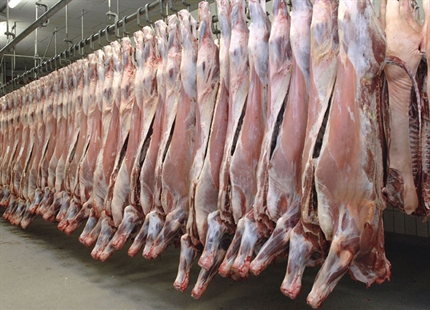
Why Humidify... For Abattoir

Why Humidify... For Supermarkets
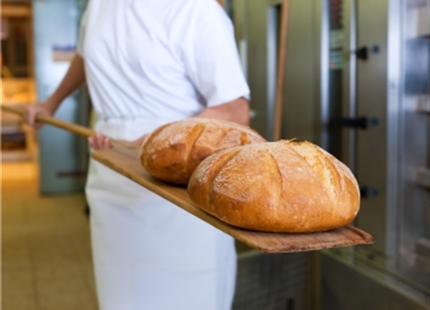
Why Humidify... For Bakeries
